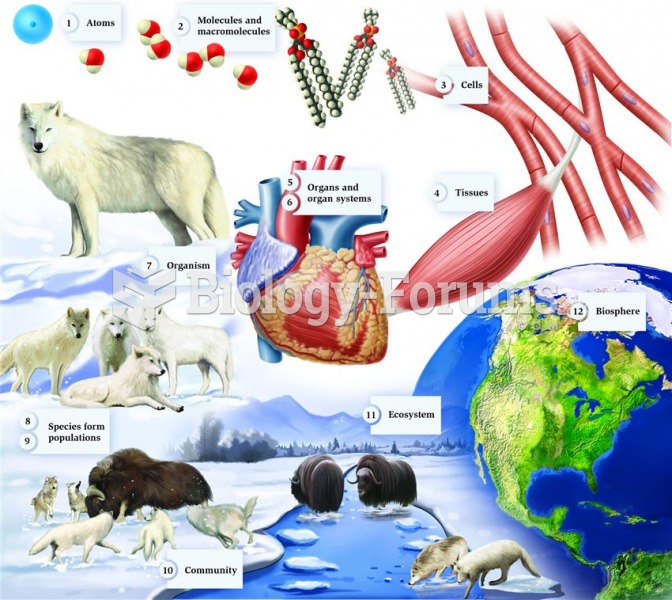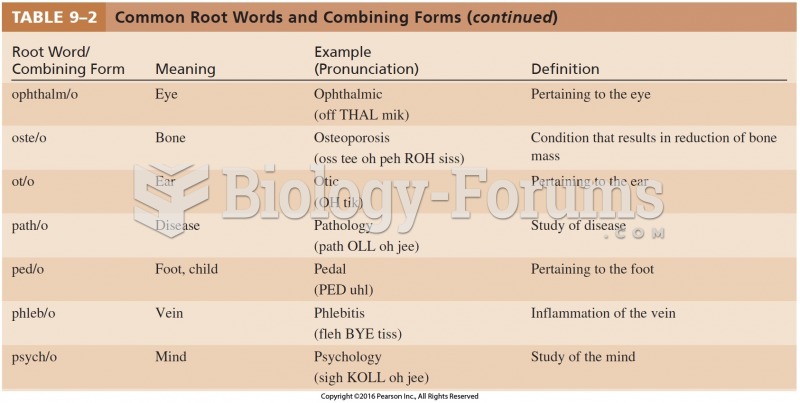Answer to Question 1
In the boundaryless organization, chains of command are eliminated, spans of control are limited, and rigid departments give way to empowered teams. Replacing rigid distinctions between people are fluid, intentionally ambiguous, ill-defined roles. For boundaryless organizations to function effectively, they need to meet many of the same requirements as successful teams. There must be high levels of trust between all parties. Everyone involved also must have high levels of skill, so they can operate without much managerial guidance.
Two popular forms of externally oriented boundaryless organizations have emerged. Modular organizations outsource non-core functions to other companies while retaining full strategic control over their core business. Such companies may be thought of as having a central hub, which is surrounded by networks of outside specialists who can be added or subtracted as needed. Virtual organizations are composed of a continually evolving network of companies (e.g., suppliers, and customers) linked together to share skills, costs, and market access. They form a partnership to capitalize on their existing skills and to pursue common objectives. The underlying idea of a virtual organization is that each participating company contributes only its core competencies (areas of greatest strength). After meeting their objectives, they disband.
Answer to Question 2
According to the text, there are three factors. First, there is the amount of dissatisfaction with the current conditions in the organization itself. Second, there is the availability of a real and desirable alternative. Third, there is the existence of a plan for achieving the desired alternative. Theorists believe that these three factors combine multiplicatively to determine the benefits for making a change.







